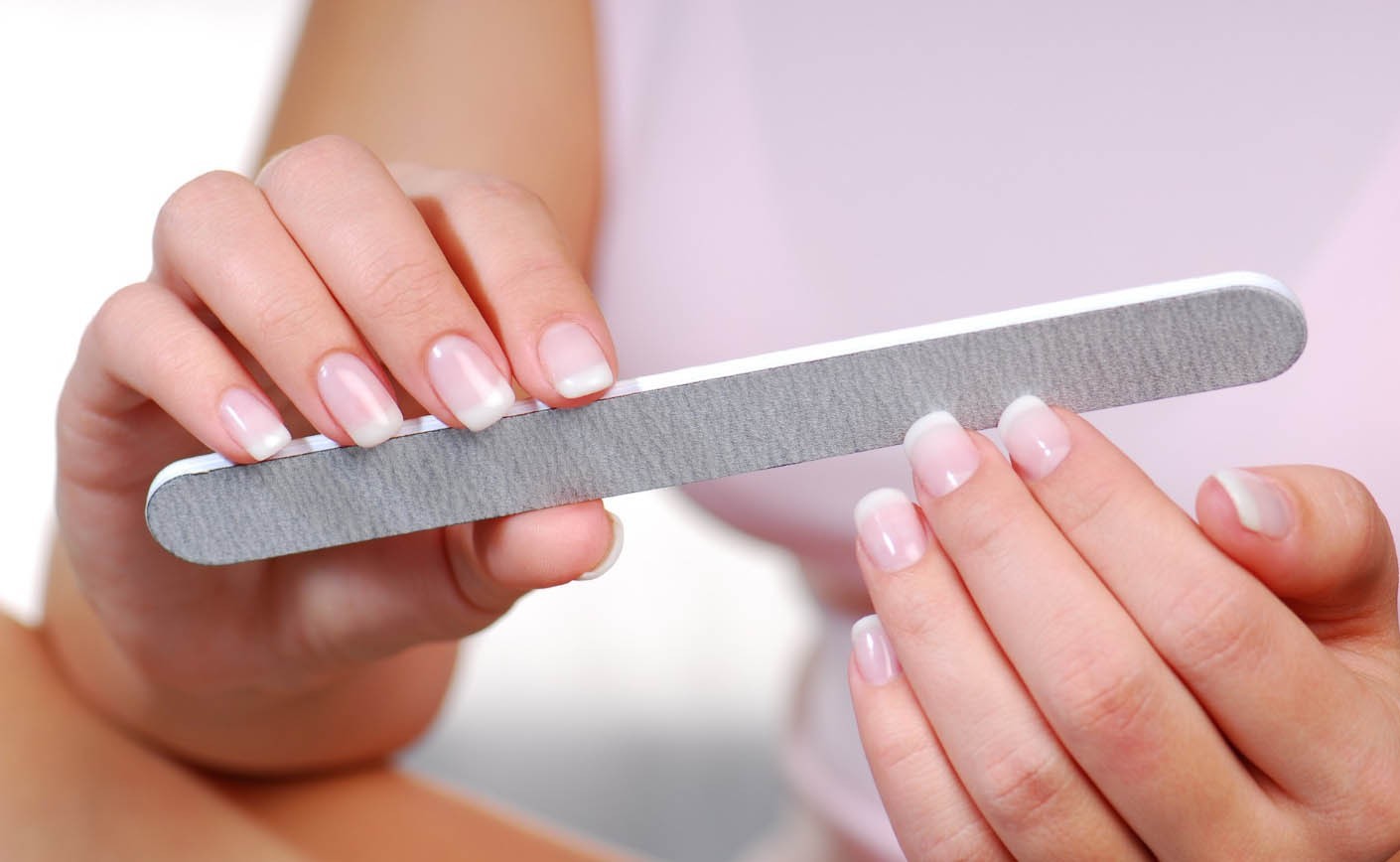
Research objective: The aim of the conducted study was to check the quantity of bacteria and fungi on the used file, as well as to identify the microorganisms present on them. Two types of nail files were used in the sample:
- First: used for cosmetic treatment, without additional cleaning,
- Second: file subjected to disinfection with a broad-spectrum agent 2-3 days after treatment and 14 days after treatment.
The research showed that the number of bacteria and fungi was the same in the case of the disinfected file and the file used without disinfection. In this case, the number of microorganisms even after several days of incubation was very similar to each other.
Both in the case of the file used for treatment but not subjected to disinfection and the disinfected version, pathogens commonly found on the skin were confirmed:
- Staphylococcus species such as S. borealis and S. hominis,
- Micrococcus luteus,
- Rothia koreensis.
Regarding fungi, the following were found:
- Penicillium expansum,
- Penicillium brevicompactum.
1. How were the studies conducted?
The research conducted at the Jagiellonian Innovation Center consisted of checking the quantity and type of bacteria and fungi on disinfected and undisinfected files. The first stage of the research was microbiological culture on appropriate growth media. The next step was the identification of the cultured microorganisms. In the JIC laboratory, we use MALDI-TOF mass spectrometry for this purpose.
2. How long do such studies take?
To check the quantities of bacteria on the files, we had to conduct the culture for 3-4 days. Filamentous fungi are organisms that are much more difficult to culture and identify, so their study always takes longer. We need 5 to 8 days for fungi to grow. As I mentioned earlier, we also performed identification of the cultured microorganisms. Thanks to modern technology such as MALDI-TOF mass spectrometry, the identification of microorganisms itself takes only a few minutes.
3. What can we say about the bacteria identified on the file?
Bacteria naturally residing on human skin, such as Staphylococcus species, including Staphylococcus haemolyticus and Staphylococcus borealis, were identified on the tested cosmetic files. Additionally, during the study, a strain of Rothia koreensis was detected, which can be dangerous for people with weakened immune systems. We also subjected filamentous fungi cultured on the surface of the files to identification. These were mainly Penicillium species (Penicillium expansum and Penicillium brevicompactum). These fungi have the ability to produce dangerous mycotoxins.
4. Why is the file not a reusable tool?
Based on the conducted research, we confirmed the presence of, among others, Staphylococcus species and Bacillus rods, which have the ability to form spores, on the cosmetic files. Repeated use of the same file (even when used by one person) can increase the risk of transferring microorganisms to the skin.
Conclusions
Laboratory studies confirm that disinfection of the file with disinfectants does not work; therefore, it cannot be used as a method for multiple use of the file. Due to the structure of the tool and its roughness, it is not possible to clean it 100%. In addition, spraying the file with such a substance will cause it to swell and begin to delaminate, making it impossible to use. One method of cleaning the file that may come to mind is sterilization in an autoclave. This is also not a good idea because the high temperature and steam will effectively delaminate the file, and additionally, it will wrinkle it - it will not be possible to use it.
The file cannot be cleaned 100%, so it is undoubtedly a disposable tool. Use the file only once!







Leave a Reply Cancel Reply